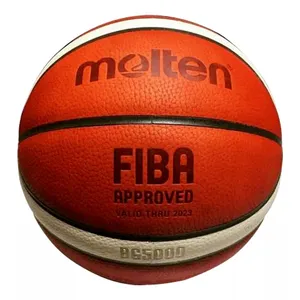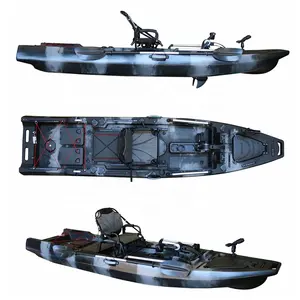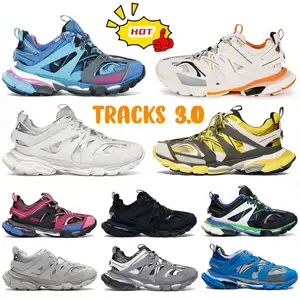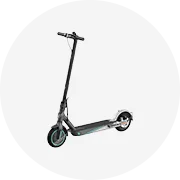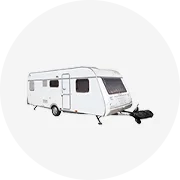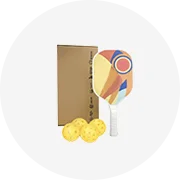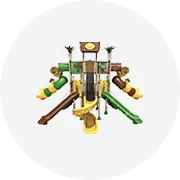Popular na sua indústria












































































Principais categorias
Sobre controle de velocidade com grau
Melhore as condições da sua bicicleta com. controle de velocidade com grau disponível com descontos incríveis em Alibaba.com. O. controle de velocidade com grau são carregados com qualidades impressionantes que promovem a eficiência operacional. Eles incorporaram as mais recentes inovações tecnológicas para garantir um desempenho eficiente das bicicletas elétricas. Estes. controle de velocidade com grau vem em uma ampla coleção e variedades para resolver diferentes problemas mecânicos e técnicos que possam surgir, tanto para uso pessoal quanto para fins comerciais.
Os materiais usados na fabricação e montagem do. controle de velocidade com grau são selecionados de forma crítica para garantir desempenho e produção de alta qualidade e também são altamente duráveis. O. Os vendedores de controle de velocidade com grau no site são cuidadosamente avaliados antes de serem aprovados. O processo de verificação garante que todos eles cumpram os padrões de qualidade especificados, a fim de verificar para os compradores que apenas o ideal. controle de velocidade com grau estão à venda.
Todos. controle de velocidade com grau no Alibaba.com são fáceis de instalar e usar. Seus designs e estilos apoiam o desempenho geral da bicicleta para que os movimentos sejam mais rápidos e requeiram menos energia. O. Fabricantes e distribuidores de controle de velocidade com grau permitem negociações adicionais sobre preços e designs para garantir que você sempre encontrará a combinação perfeita para o seu gosto. Você pode pensar que os recursos exclusivos destes. controle de velocidade com grau torna-os muito caros. Pelo contrário, são muito acessíveis.
Explore as amplas e gratificantes gamas de. controle de velocidade com grau no Alibaba.com e escolha o mais adequado para você. Neste site, você perceberá que se for capaz de obter o melhor. controle de velocidade com grau e desfrutando dos preços mais baixos.
